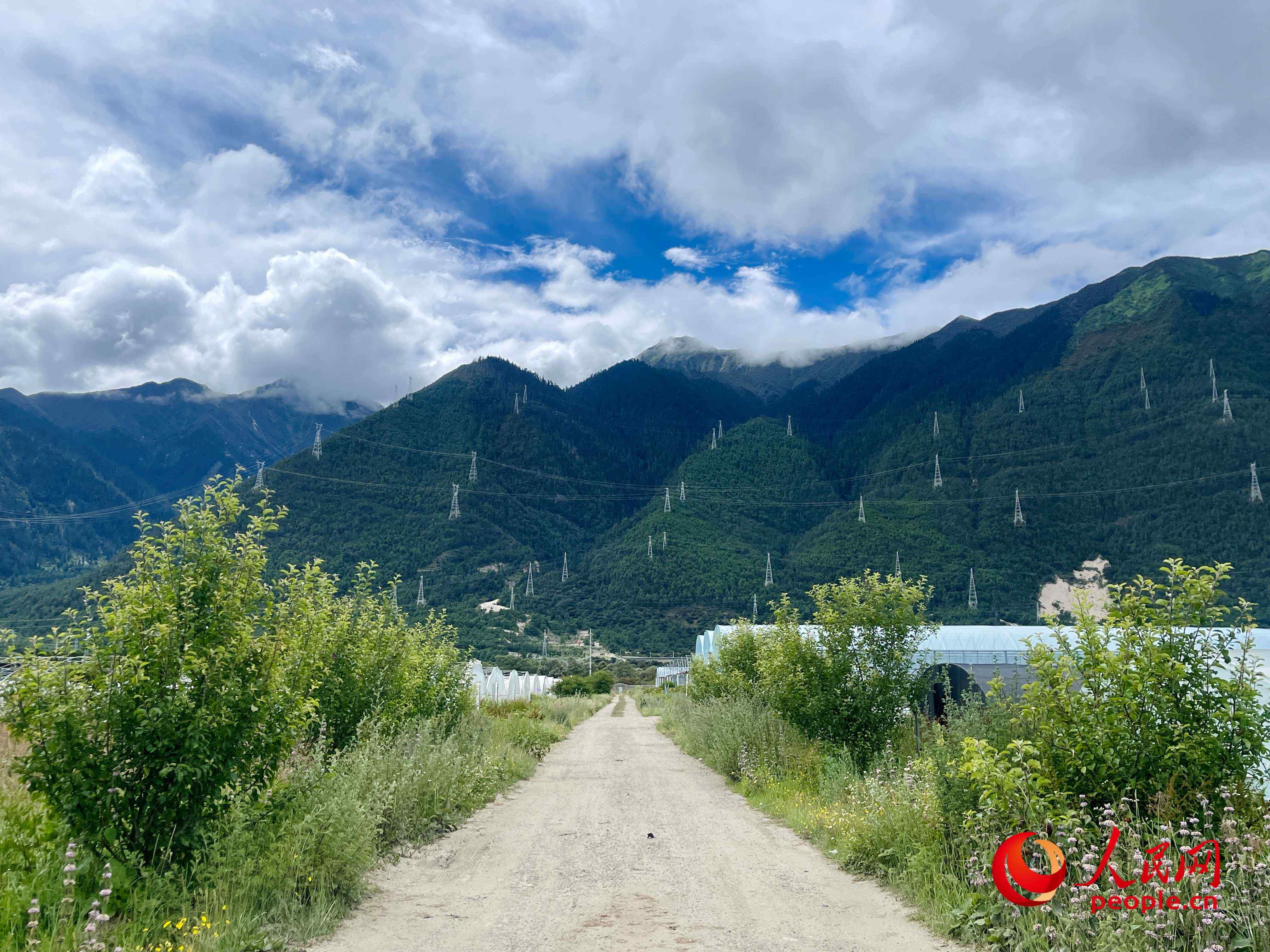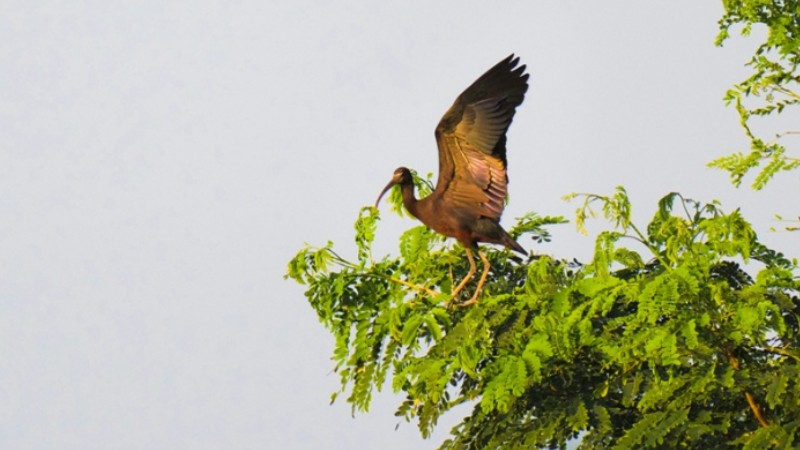Medicinal fungus industry generates wealth for villagers in SW China's Tibet
Photo shows a farm in Xueka village, Milin town, Milin county, Nyingchi, southwest China's Tibet Autonomous Region. (People's Daily Online/Zhou Jingyuan)
In southwest China's Tibet Autonomous Region, the cultivation of lingzhi mushroom, or Ganoderma lucidum, is bringing prosperity to local villagers.
Located in Milin county, Nyingchi, Xueka village in Milin town has famed for planting Ganoderma leucocontextum, a new variety of fungus species endemic to the Qinghai-Tibet Plateau.
Covering an area of 300 mu (20 hectares), the village's farm specializes in every aspect of Tibetan medicinal material production, including seeding, cultivation, processing and sales. The farm has two standard planting bases for Ganoderma lucidum. Last year, it achieved a total output value of 7.85 million yuan ($1.09 million) and a net profit of 1.5 million yuan, according to Lu Zengliang, deputy Party secretary of Milin town.
"The farm helps fatten the wallets of local villagers," Lu remarked, noting that it purchases Ganoderma lucidum from local growers and provides employment opportunities.
In addition, the farm conducts training sessions, provides free seeds to growers, and sends technicians for assistance.
To date, the development of the Ganoderma lucidum industry has invigorated 10 villages across four townships and towns, benefiting over 1,000 residents from 266 households. On average, each household has seen an income increase of 18,000 yuan.
"I pick Ganoderma lucidum on the farm during the harvest season and cultivate seeds when it gets cold. This way, I have income nearly every month," one farm worker explained.
 |
Photos
Related Stories
Copyright © 2023 People's Daily Online. All Rights Reserved.










